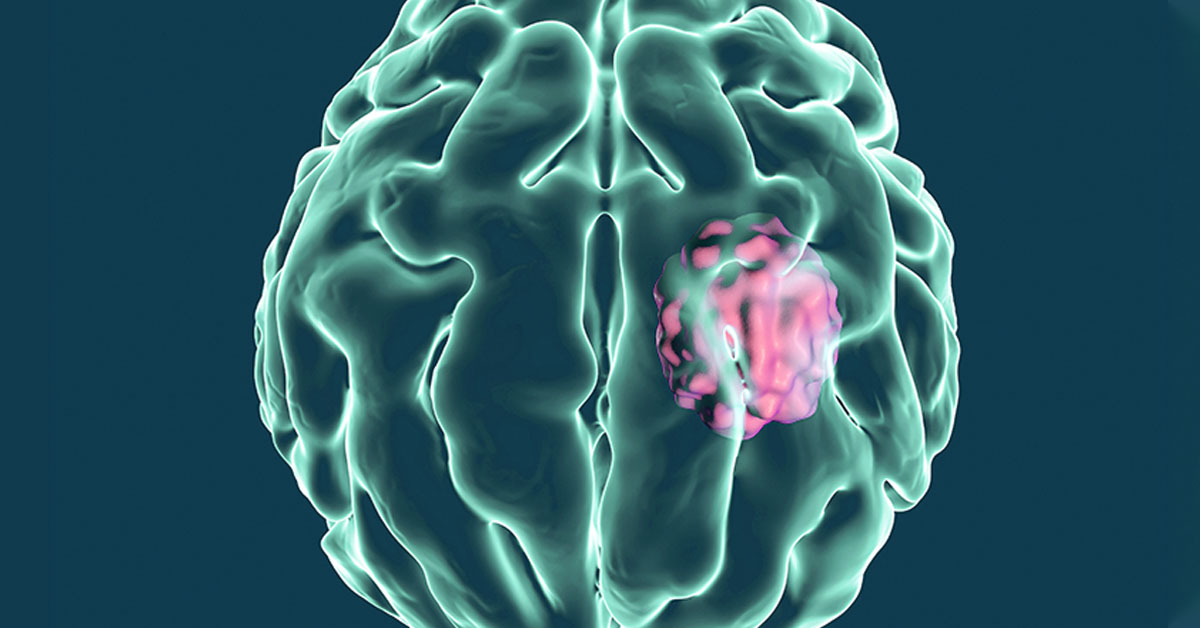Read today’s article to learn about skull base tumors and how they can be classified:

What are Skull Base Tumors?
The skull base is the area of the skull behind the eyes and nose where the brain rests and where the eye sockets, ears, and nasal cavities meet the brain. This area can be affected by many different kinds of conditions, including brain tumors, meningiomas, acoustic neuromas, and other tumors, abnormalities, or infections. Treating these conditions can be difficult due to the close proximity of critical structures like nerves and blood vessels in the brain and spinal cord.
What causes Skull Base Tumors?
A tumor is an abnormal growth caused by abnormal cell multiplication that does not serve any physiological function. Cell division is regulated by the tumor suppressor genes. These genes also help to repair any damage caused to the DNA. Tumor suppressor genes are constantly at war against the cancer-causing genes called oncogenes. When tumor suppressor genes fail to function properly due to mutations that affect protein encoding, unregulated cell division and growth can occur and cause the development of a tumor.
The body's natural defense system should optimally detect the abnormal cells and kill them. But tumors may produce substances that obstruct the immune system from recognizing the abnormality of tumor cells and eventually the tumor cells may overpower all internal and external checks to their growth.
Tumors can be of two types depending upon the place of their origin. Primary tumors originate from the central nervous system, the spinal cord and brain. Metastatic, or secondary, tumors originate from other parts of body and can spread to the brain and spinal cord. Tumors are also classified depending on their tendency to grow. Malignant, or cancerous, tumors tend to keep on growing and worsening and can be potentially life threatening. Benign, or non-cancerous, tumors may be stable but can still create serious problems.
Although genetic defects and environmental factors are suspected of contributing to the development of tumors, doctors do not know the causes of primary tumors yet.
Symptoms and Diagnosis
Symptoms of skull base tumors vary depending on their location, size, and type, but common symptoms can include difficulty swallowing or breathing, changes in vision, sense of smell, or hearing, and headaches. Nausea, vomiting, memory loss, and balance issues may also occur.
Skull base tumors are diagnosed through a physical and neurological exam, followed by an imaging study to confirm the diagnosis. Magnetic Resonance Imaging, or MRI, or Computed Tomography, CAT or CT scan, may be used to determine the location, extent, and best treatment for the tumor. Other imaging studies may be performed as well, like a bone scan. A bone scan can be used to determine the location of a bone tumor and if it is spreading. Positron Emission Tomography, or PET, scans may be used to observe changes in cells and to compare tumor cells with the rest of the brain.
Endoscopy may also be used to diagnose a skull base tumor though insertion of a small camera though the nasal passage.
How are Skull Base Tumors Treated?
If the skull base tumor is very small and does not cause any symptoms or issues with the body functioning correctly, observation may be an option. However, if the tumor grows or creates issues, surgical treatment may be necessary.
Several different surgical approaches can be used to remove skull base tumors. The surgery chosen depends on the type of tumor, its location, and other factors including the overall health of the patient and whether the tumor is benign or malignant. Potential approaches include minimally invasive endonasal endoscopic surgery, craniotomy using minimally invasive endoscopic or endoscopic assisted microsurgery. Radiation therapy may be used after surgery if the tumor is malignant or unable to be removed completely.
